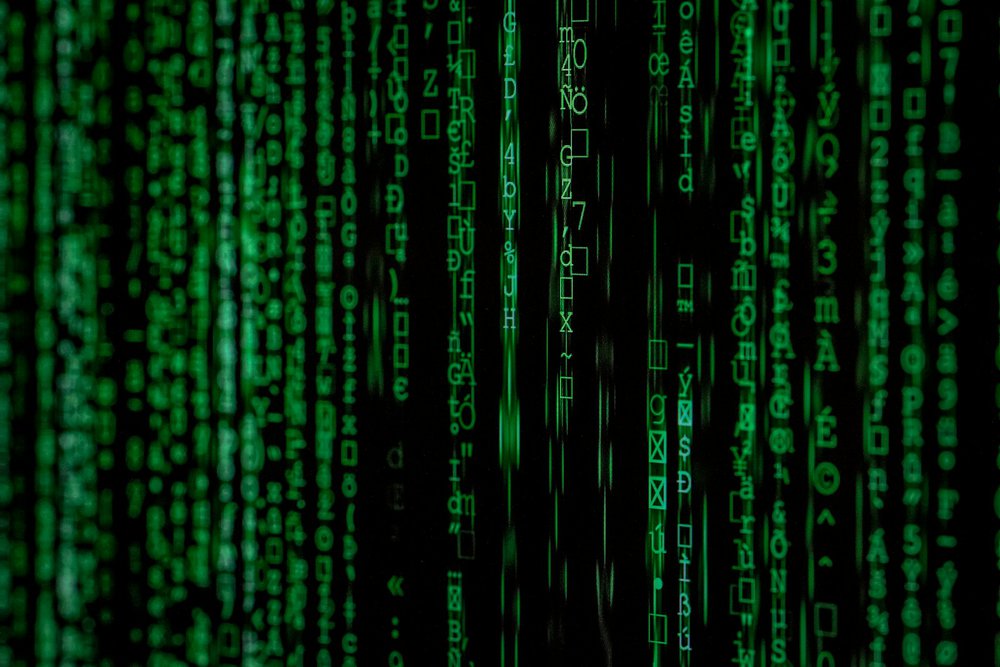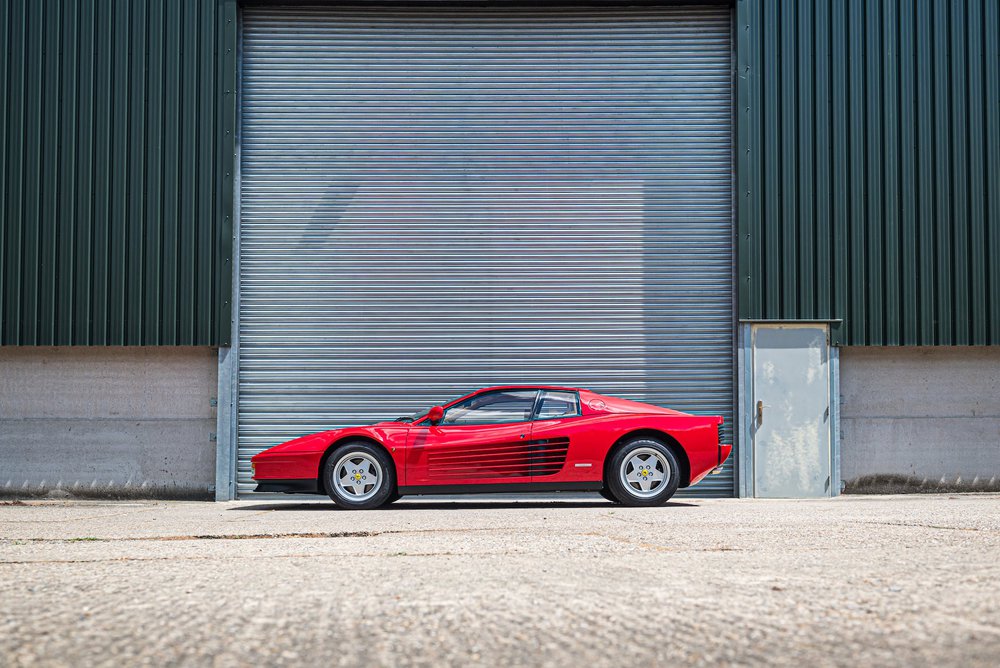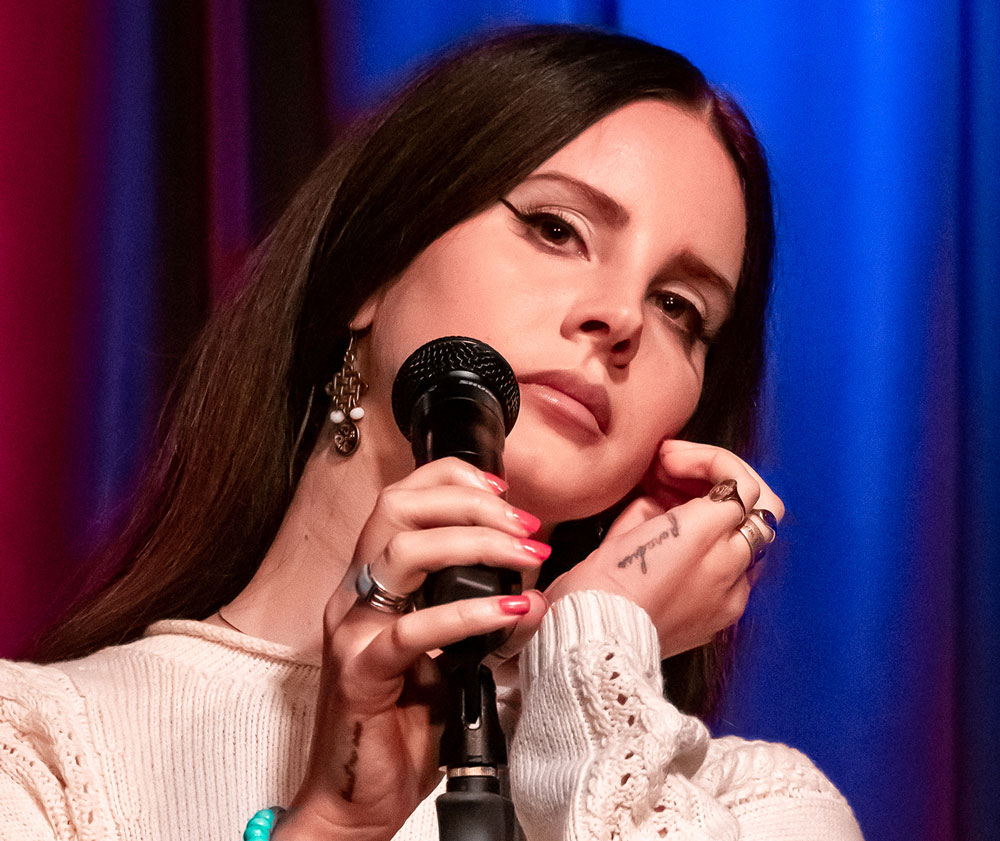![]()
Matthew Stone is currently exhibiting his second solo show at the Hole Gallery, New York. Love Focused Like A Laser delves further into his exploration of spirituality, performance and the hope to attain credible conversations about love. In simple terms, his new works captures performers, using laser lights, on film and then engrave the images onto wood, using a computer. Already known for his beautiful photographs, which focus on the movement of the human body, captured by Matthew with intensity and passion, the artist talks to Dazed about how lasers feature in his new project and an upcoming collaboration with DJ MikeQ, as we show the pictures exclusively above.
DazedDigital: How did your exhibition at The Hole Gallery come about?
Matthew Stone: Well, it’s my second solo show at the Hole Gallery. About this time last year, November 2011, was when I did my first show there and I’ve been working with them since then. I’ve been making these new photographs, which are lit with club lasers, and Kathy Grayson (who runs the gallery) saw the photos and said, “Let’s do a show of just these!” Then I explained to them I wanted to try and develop this new technique..
DD: You use lasers, cameras and computers to engrave the images onto wood. What is it about the technique that inspires you?
Matthew Stone: Well basically, the idea for the lasers, came when I was in New York. I was in a nightclub and they had this laser, and I noticed it was doing interesting things when I photographed it. So that’s where it stems from. I then bought lasers and did a whole series of experiments. Played around with them. And because they were lasers, I was thinking about ways to present the images and I came up with the idea of laser cutting. I did tests with laser cutting and I wasn’t getting what I wanted. So the final images are cut with a computer controlled spinning drill head.
DD: So more of an engraving than a cutting?
Matthew Stone:Yes, like engraved paintings. It’s a spinning drill bit that cuts through the top layer of the wood and from certain angles, in the grooves, you can see the grain of the wood. It’s hard to see them in a photograph though. You need to stand in front of it.
DD: How do you get the lasers to bounce off your performers?
Matthew Stone:I use long exposure, and I’m in front of the camera, drawing with the lasers, moving around and drawing on parts I want to be brighter. I guess it’s like a light drawing. What I like about it is that it’s really physical, and a really different energy from the process of making it. There’s movement from the models and there’s movement from me, so the end result feels like documentation, a sort of performance of gesture. It’s shot in the dark, and there are just these dots everywhere, so there is this increased sense of freedom for the people that I’m photographing. Just because you feel less naked. It’s fun, I put music on, I recently realised how I had created this nightclub in my studio.
DD: Do you have a soundtrack?
Matthew Stone:Different shoots have different soundtracks, I was playing DJ Mike Q, he plays house and DJ’s a lot of balls in New York. I was playing his music, while I was shooting in London. We’re actually working on a project in Miami… it’s coming up at the beginning of next month.
DD: Performance does seem to feature throughout the series, and in a lot of your pieces. Do you see it as integral to your work?
Matthew Stone:In general I feel performance is important to my work, but in a way what I’m specifically interested in, is people and interaction. A friend of mine the other day said, “Yeah, but you love people”. Not as a bad thing, but as a reason.. I don’t know, I do love people, there’s always performative element just because people are involved
DD: Do you explore the performance of certain behaviors and spirituality in your work?
Matthew Stone:I mean, I understand if I think about performance and spirituality then I think about ritual. Ritual being something, an action, which allows us to step out of the everyday routine and become conscious of something else. Perhaps something more important. I think that those things occur in secular society as much as they do in religious society. In terms of the lighting, the works are lit so that when you walk in to the gallery you are met by the works that are dimly lit, in a big black space, so it has an almost church like feeling. The works are laid out in a symmetrical way as well, with three pieces on either side, and a large piece at the end, there is a feeling of entering a chapel like space.
DD: So the gallery space has the feeling of a church and a club all at once?
Matthew Stone:Basically the lights in the gallery space are set up on a timer, and we’ve had it on remote, so that I can switch between the kind of church like lighting, to literally all the lights are out and it’s red and green laser dots everywhere. Sort of caressing the room. So that’s how the installation works. I think that nightclubs are in terms of transcendentalism, are spiritually more relevant places than churches.I mean I think that the kind of urges that draw people to dance, are the same things that took people into churches or into religiously conscious ritual.
DD: How do you feel this exhibition builds on your manifesto or links back to it?
Matthew Stone:We had a dinner for the exhibition and I read from it, I read the manifesto – I thought it would make the dinner more of an event – but as I read it, everything just seemed to fit perfectly with the show. The first line was reflected when I realized I was standing there in the dark with moving lights around the audience and me. Then also, as I read the end of manifesto, it was the title of the current show. I mean I don’t think I make artworks specifically to evidence and explain a set of clearly defined ideas, but I feel like it’s natural that the art that I make will be informed by the things that I’m thinking about
DD: All the artworks have a positive strain in them as well.. they come across as quite optimistic.
Matthew Stone:I think that hedonism is something that’s necessary sometimes, and something to celebrate. For me, realistically, when I look at all the things I’ve done, I don’t think it’s that we oppose old ideas about performance and spirituality, but that we find new ways to communicate. Ones that are meaningful and sincere. To find ways to talk about aspects of humanity that are more linked. I think that those conversations are the most important.
I think there were a lot of ideas that were posed in the 1960s that seemed to fail, and I think now everybody understands, everybody experiences love, whether it’s the desire to be loved, or to love someone else, or to feel love, or loving someone… everyone experiences it. But for some reason talking about it or posing kindness, always seems weak or nave. I think at the moment, one half of me is taken up by creating propaganda for the idea that kindness can be a strength, and that it’s not pathetic. And that it doesn’t mean we have to give up on exciting lives to communicate with people on a level that is respectful.
In a way the 20th century created a strong mythology for the idea of the artist or rebel, which is often based on the idea of rejecting ideas of morality. I think that was an important thing to happen, because it destroyed a lot of hypocrisy, and essentially destroyed a lot of cruelty. Now we’ve got to a point where we have to remind people that kind of violent rebellion was not about creating or validating through violence. It was a passionate attempt to destroy a morally corrupt or rotten society of Post-Victorian attitudes including misogyny, homophobia, and racism.
DD: Can you tell us more about your upcoming project with DJ MikeQ?
Matthew Stone:Well, the collaboration with MikeQ will probably take place onDecember 7th, in Miami. Basically we’re designing a performance. We’ll be presenting some more of the works that are in the show, with his music, but they’ll be music, dance, ballroom, work on the wall and an audience to watch it.
Love Focused Like A Laser will be at the Hole Gallery in New York from November 10 – December 31, 2012
View this article –



